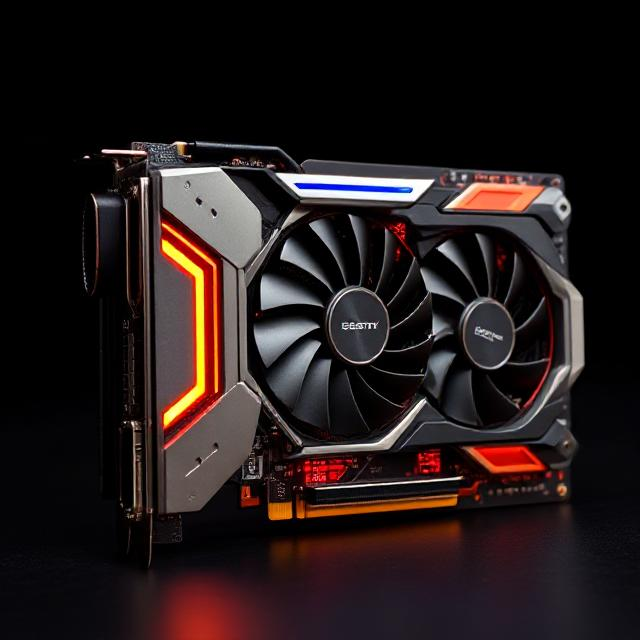Choosing the correct Graphics Processing Unit (GPU) is very important since it has a big effect on how well and quickly computers can complete tasks in many areas, such as gaming, scientific computing, and machine learning.
For the following four reasons, it's highly important to choose the right GPU for your work:
1. Performance: A good GPU will make the work process more enjoyable for the user.
2. Compatibility: A good GPU should work with the other parts of your system and with software development.
3. Future-proofing: A strong GPU can help your system keep up to date by letting it run new apps and games as they come out.
4. Value for money: Finding the right balance between performance and cost will help you get the most out of your money.
When picking a GPU, you might want to think about the following things in particular.
1. Purpose and use:
People usually utilize GPU for gaming, professional work (such 3D modeling and video editing), machine learning, and AI.
If you want to play games, you might want to get a GPU that can handle recent games at the resolution and frame rate you prefer. This is what NVIDIA's RTX series and AMD's Radeon Rx series are for.
You might want to use a GPU with significant computing power for tasks like 3D modeling, video editing, or CAD. In this case, NVIDIA's Quadro and series and AMD's Radeon Pro series are the best choices.
If you want to use AI and ML, you might want GPUs with a lot of CUDA cores. You might want to put NVIDIA GPUs at the top of your list because they work well with CUDA.
2. Performance metrics:
CUDA Cores and Stream Processors are the parts of a GPU that do parallel computing. More cores or processors usually means better performance.
Clock Speed: This tells you how fast the GPU can process data in MHz or GHz. Usually, improved performance comes with higher clock speeds.
The amount of visual memory (such GDDR6, GDDR6X, or HBM) determines how much data the GPU can handle at once. 4GB or 8GB is usual for gaming, while 16GB or more may be needed for professional work.
Memory bandwidth tells you how fast data can be sent between the GPU and its memory. Higher bandwidth indicates that data can be sent and received more quickly and that the system works better overall.
TFLOPS (TeraFLOPS): This tells you how well the GPU should be able to handle floating-point numbers. More TFLOPS usually mean better performance, but that's not the only thing that matters.
3. Help with drivers and software:
Operation Compatibility with other systems: Check to see if your operating system (Windows, macOS, or Linux) supports the GPU. Some OS versions may not work with some GPUs.
Updates for drivers: For performance and stability, it's important to keep your drivers up to date. To improve performance and correct issues, NVIDIA and AMD often release new drivers.
Compatibility with Software: Make sure the GPU works with the program you want to use. Some professional programs, for instance, may need certain GPU models or drivers.
Why RunC.AI?
Rent smart, run fast. RunC.AI allows users to gain access to a wide selection of scalable, high-performance GPU instances and clusters at competitive prices and compared to major cloud providers like Amazon Web Services (AWS), Google Cloud, and Microsoft Azure.
For more information, please read this article.


